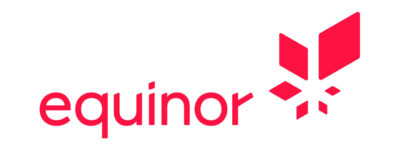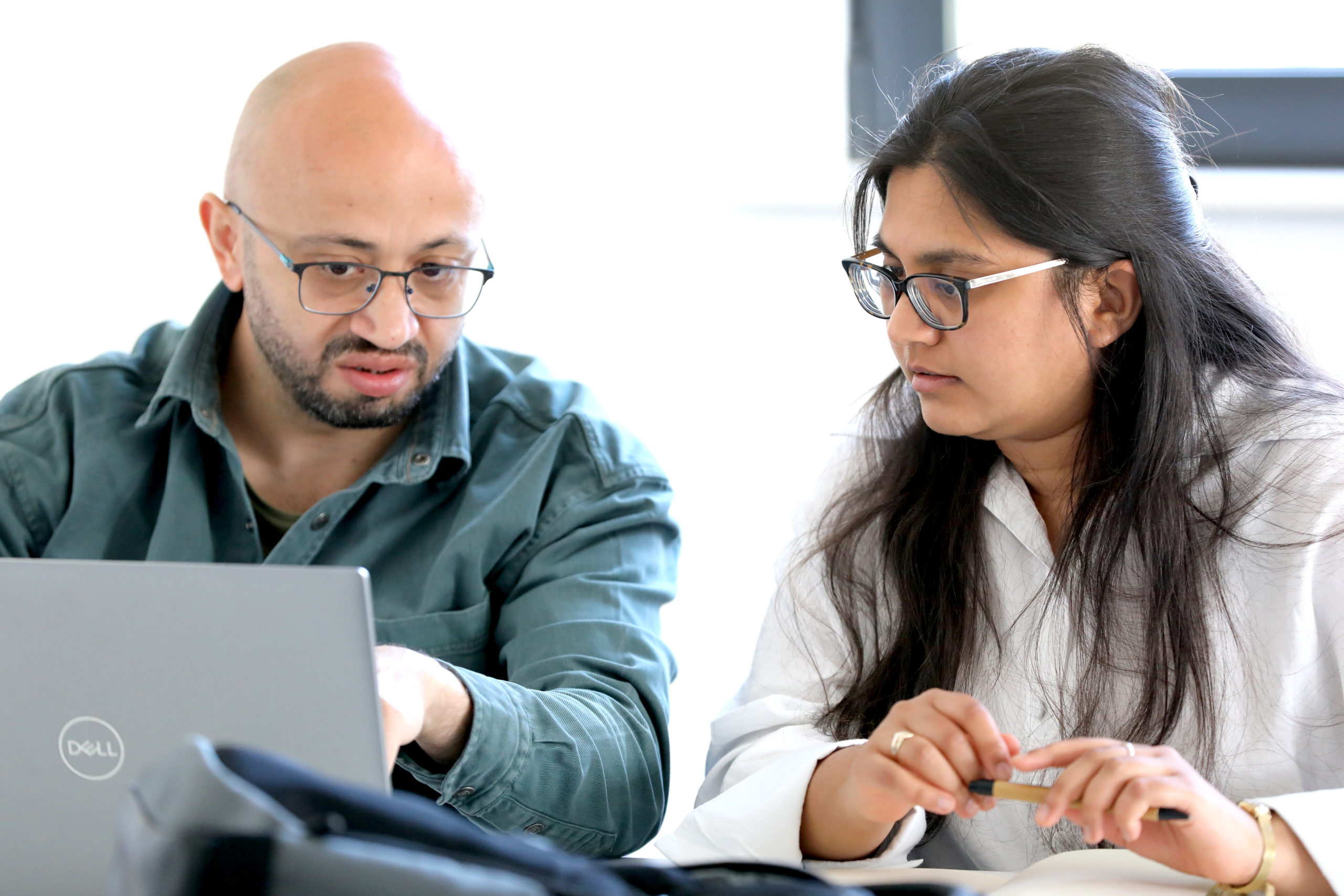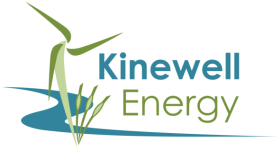Developing Floating Wind Capabilities
Project Information
Company Name: Equinor
Project Type: Floating Wind
Project Type: Consultancy
Products Used: KLOC

Background
As the world transitions towards a sustainable energy future, the offshore wind industry is rapidly evolving to unlock new frontiers of renewable power generation. Offshore floating wind technology represents a game-changing solution that promises to significantly expand the reach of wind energy into deep-water locations previously inaccessible to conventional fixed-bottom turbines.
By mounting wind turbines on advanced floating platforms anchored to the seabed, this cutting-edge approach overcomes depth limitations, opening up a vast expanse of ocean regions for wind farm development. With the ability to operate in waters deeper than 60 meters, offshore floating wind farms can tap into the abundant wind resources found in these areas, potentially transforming the energy landscape and accelerating the adoption of clean, renewable power on a global scale.
As offshore floating wind ventures into uncharted waters, leveraging advanced software solutions becomes crucial for mitigating risks and making informed decisions.

The Challenge
Equinor engaged Kinewell Energy to carry out studies to de-risk key floating wind portfolio development decisions.
Solution
Using data from a generic 800 MW windfarm, the highly experienced consultants at Kinewell undertook a cost benefit analysis study for three inter-array cable (IAC) system topologies of an offshore floating windfarm.
The topologies use dynamic and static cables along with junction boxes, at different water depths, and for different junction box costs.
An IAC optimisation has was run for each topology, and the influence of water depth and junction box cost assessed. The three philosophies are known as:
- Daisy chained – connects all turbines to the substation in a radial configuration with dynamic cable.

- Branched – connects each turbine to a junction box on the sea-bed with a dynamic cable. The last two turbines on the string connect to the same junction box.

- Star – connects a group of 4 or 5 turbines to a single junction box with dynamic cable. The junction box connects to a static cable which is spliced near the substation. The splice connects a dynamic cable back to the substation.

The state-of-art KLOC software was used. Kinewell Energy’s KLOC software rapidly designs an economically optimised inter-array cable layout for an offshore wind farm based on the locational and cost data it is presented with. The software appropriately prioritises the optimisation of capital cost and operational costs such as electrical distribution losses and unavailability losses due to cable faults. The objective of the KLOC optimisation is to maximise the lifetime value of the project.
KLOC can be used on both floating and fixed bottom wind farms. For floating set-ups KLOC considers the vertical cable length in calculations, whether it be static or dynamic.
Conclusion
The work quantified Equinor’s belief that junction boxes could offer savings to floating offshore wind projects through reducing the amount of dynamic cable required. It showed substantial improvements could be achieved through innovative network configurations that utilise subsea junction boxes.

The work conducted by Kinewell Energy has evidenced the value that subsea junction boxes can deliver to floating wind farms under a range of innovative network configurations. The project team uncovered additional learning around floating wind design decisions, that we will take forward and deploy in our global floating offshore wind farm portfolio.
Looking for support on your floating offshore wind farm design project? Get in touch to find out how you can benefit from the latest industry research and highly experienced Kinewell engineers.
